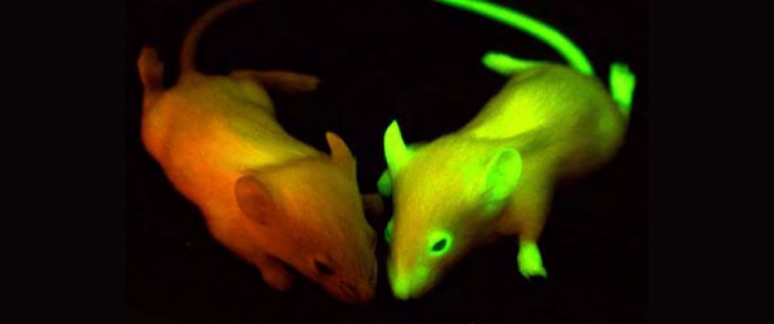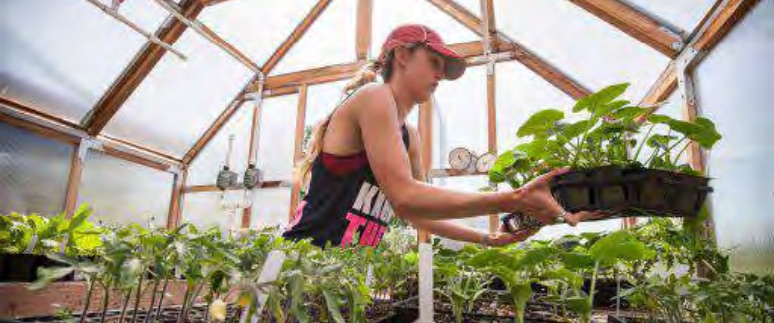Multiple technologies exist to create permanent genomic modifications in in vitro cell culture and in vivo animal research models (Figure 2). Methodologies include, but are not limited to, Transcription Activator-Like Effector Nucleases (TALENS), Zinc Finger Nuclease mediated DNA repair (ZNF), Meganucleases, and CRISPR/Cas9 (clustered regularly interspaced short palindromic repeats) (Figure 1). These technologies can be used to create gene drives, a modification of an organism’s genome resulting in a more efficient spread of a trait through the population as compared to Mendelian inheritance. The Vice Provost and Dean of Research, on the recommendation of the Administrative Panel on Biosafety (APB), has established the following policy in order to protect the health of Stanford researchers and the environment.

Example of Gene Editing
Per NIH regulation and as a requirement of Stanford policy, conducting genome-editing experiments on human embryos is prohibited.
Experiments that Require APB Approval
Human Clinical Studies
- Study protocols that include either direct gene modification or the administration of donor cells that have been genetically modified must be filed with both the APB and the Administrative Panel on Human Subjects Research (IRB).
Basic Research Studies (In Vitro and In Vivo)
- Delivery via viral vectors: Non-exempt viral vectors and Risk Group 1 viral vectors (e.g. AAV) with human target sequences. Genome target scans of the guide RNA (gRNA) sequence is highly recommended to identify the possibility of off- target effects on the human genome. www.rgenome.net/cas-offinder.
- Usage of a gene drive (via viral or non-viral delivery methods) with invertebrate and vertebrate animals or on plants: In addition to the description of the planned experiments and safety of the delivery mechanism, the APB protocol must also address the following containment guidelines.
- Molecular containment: Will the guide RNA and the nuclease be located in separate loci? Will a synthetic target sequence be used that is absent from the wild type target organism?
- Ecological Containment: Will the experiments be performed outside the habitable range of the target organism?
- Reproductive Containment: Will a laboratory isolate/organism be utilized that cannot reproduce with wild type organisms?
- Barrier Containment: What physical and chemical barriers will be used to contain the target organisms and prevent their release into the environment?
- Genome editing tools (delivered via viral or nonviral delivery methods) that:
- Modify an infectious agent to increase host range, transmissibility, or pathogenicity of that particular agent.
- Modify the host to increase its susceptibility to an infectious agent.
- Express a toxin with a low LD50 (≤100 ng/kg) in the genome of both in vitro and in vivo research models.

Exempt Experiments
Genome editing experiments that fall under the exempt category involve the use of non- viral transfection methods (eg. electroporation, lipofection) to create genomic insertions, point mutations and deletions in somatic cells in vitro or in vivo. These insertions include rDNAs that express oncogenes or tumor suppressor genes. However, if the experiment involves the expression of a toxin with an LD50 toxin ≤100 ng/kg, the work becomes non-exempt and an APB protocol submission and approval is required.
![]() Important Information
Important Information
Using AAV?
Use of AAV with CRISPR or gene editing tools may require APB approval
